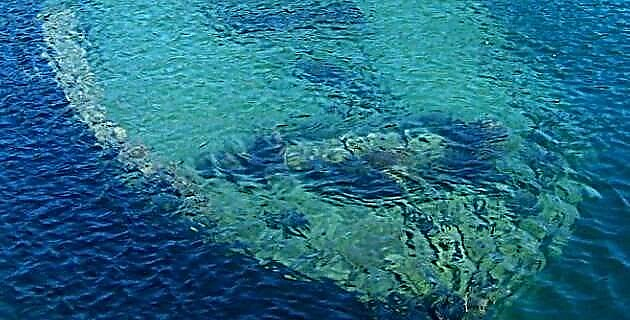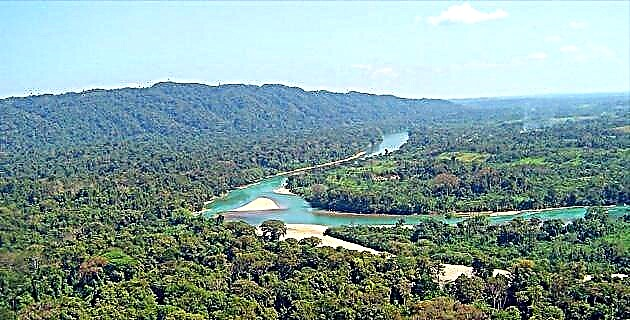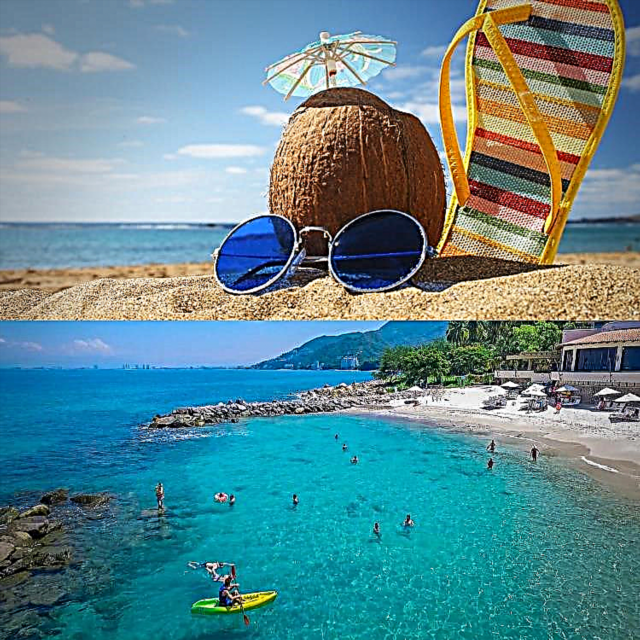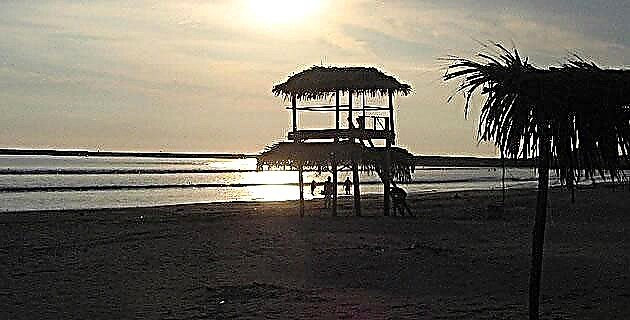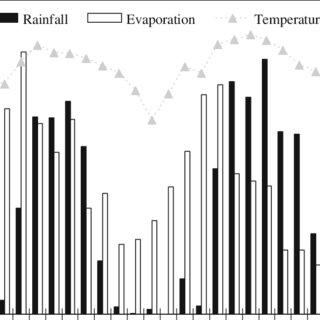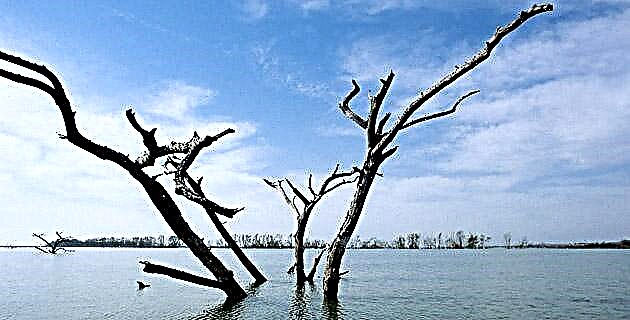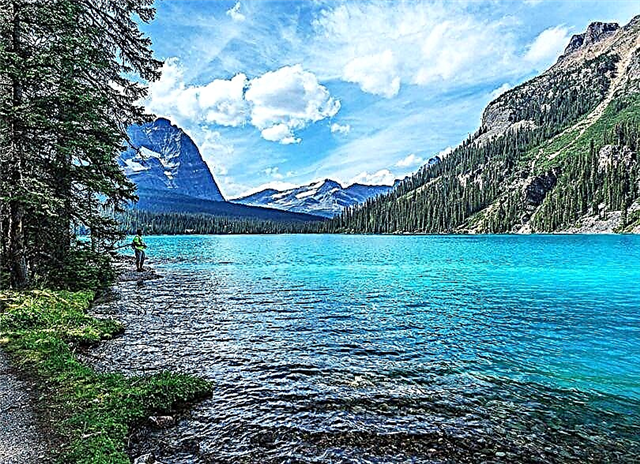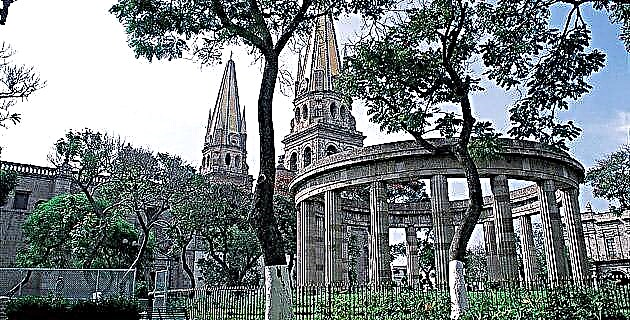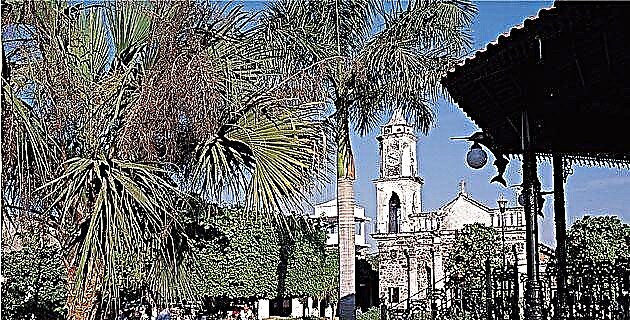
The lordship of Xalisco, founded by Toltecs, had as its most important city Tepic, "place of massive stones", "Land of corn" or "Place on the hill." Discover it!
In 1531 the conquered lands were granted to Nuño Beltrán de Guzmán by the Crown, and the perpetual government of them was granted to him on the condition that he call them the kingdom of Nueva Galicia; this territory included the current states of Jalisco, Colima, Nayarit, Aguascalientes, Sinaloa, Durango and San Luis Potosí.
When the territorial division of New Spain was modified in 1786, the kingdom of Nueva Galicia disappeared to become the intendancy of Guadalajara.
Around 1830, the Barrón y Forbes house was established in Tepic, founder, in 1833, of the Jauja yarn and fabric factory; shortly after, José María Castaños built the Bellavista textile factory, which was the basis for the economic development of the city.
In 1884 Tepic was the capital of the Federation territory that included five prefectures.
Until 1917, the territory of Tepic acquired the category of state and was named Nayarit in honor of the great fighter of the Cora people, considered a symbol of freedom for the inhabitants of the entity.
SATURDAY
We arrived last night in this beautiful city. After a comfortable rest and a good breakfast we start our tour.
We begin the visit by the CATHEDRAL DE LA PURÍSIMA CONCEPCIÓN, whose construction began in 1750 and ended in 1885. The building is in the neo-Gothic style with a quarry façade and a two-section portal; to the sides it presents slender three-level towers, topped by a cupola with lanterns; its interior has a decoration with golden plant reliefs and neoclassical altars.
In front of the Cathedral is the beautiful PLAZA DE ARMAS, rectangular in shape, with landscaped areas, a beautiful hemicycle of Ionic columns in quarry, fountains, a bronze statue of the prodigal son, Amado Nervo, and a huge column with which commemorates the pacification of Tepic in 1873. For several years this city was the target of attacks by the guerrilla "El Tigre de Álica".
A short distance from the square we find the PALACIO DE GOBIERNO, a building erected in the 19th century with two sections and a top, as well as a semicircular tower in each corner. The interior has seven naves with barrel vaults, which are joined in a small courtyard with a dome in the center, where we can see the spectacular murals of the master José Luis Soto made in 1975 and in which we appreciate scenes alluding to Independence, the Reformation and the Mexican Revolution.
Just a few streets from the palace, a visit to the REGIONAL MUSEUM OF ANTHROPOLOGY AND HISTORY, a beautiful 18th century building that belonged to the Counts of Miravalle and whose construction consists of two levels, is undoubtedly a must. Upon entering we find ourselves in a courtyard with a fountain in the center and around it the corridors, where the old rooms today house a sample of the pre-Hispanic cultures that inhabited the west of the country, chronological paintings, tombs, Chinese-style sculptures and objects of obsidian, ceramic, gold, copper and jadeite. In addition, an ethnographic section of Coras and Huichols with dresses, sacred arrows, masks, musical instruments and niericas.
After this enriching visit, it is unavoidable to attend one of the most significant places for the locals: the TEMPLE OF THE CROSS OF ZACATE, famous because it houses the legendary cross of grass, which is considered miraculous. The temple and former convent were founded in 1540 by the Franciscans in the place where the cross was located, according to an exposed plaque. Its façade has sober facades and in front of them is the statue of Fray Junípero Serra, who left here in the 18th century to begin his work of converting the natives of California. The interior has a Latin cross plan with simple decoration; to the left of the nave there is a chapel where the grass cross is preserved.
For approximately twenty years this building has housed the DIRECTORATE OF STATE TOURISM. The place has a sample of handicrafts where you can take advantage of to shop, although there is also the option of going to the downtown stores (Wereme-Tateima).
Before eating, we took a relaxing walk through the JUAN ESCUTIA PARK, a beautiful place of recreation with fresh pines, eucalyptus and jacarandas; through the cobbled walkways of this site you will reach the bronze statue of the Hero Boy.
For lunch they recommended EL MARLÍN, where there is excellent regional food, made up especially of seafood, lobster, prawns, cebiches and, of course, the famous zarandeado fish.
Later we toured the COLOSIO FOUNDATION, very close to the Cathedral, where we enjoyed the most extraordinary niericas of the teacher and marakame (Huichol shaman) José Benítez, and we observed the way of working of the Huichol artisans.
From here, we went to the AMADO NERVO MUSEUM, poet and prodigal son of Nayarit. The poet was born in this building in 1870 and its four small rooms display the objects, documents and books that belonged to the writer. You can also see a map of the city of Tepic in 1880, as well as photographs and lithographs from that time.
For the evening a walk to the CEREMONIAL CENTER HUICHOL CITACUA, located in a neighborhood of the city that the Huichols have made their own; there is a kaliwey or Huichol temple and a large circular stone also carved; This huge monolith seems to represent a guardian of tradition. It is also possible to purchase handicrafts in this neighborhood directly from indigenous producers.
In the evening it is traditional to enjoy a dinner in one of the restaurants in the main square or in the feeders located on one side of the square.
SUNDAY
Before leaving the hotel we had a strong breakfast to enjoy the day and be able to see many more places in this capital.
It is worth visiting, prior management, the INGENIO DE TEPIC, one of the oldest and most imposing buildings in the town.
From the mill we go to the ALAMEDA PARK, whose two hectares of extension have a dense grove of ash trees, palms, tabachines, pines and jacarandas. The sample of tropical birds typical of the region that are exhibited here is especially striking.
After the walk through the mall we visited the MUSEUM OF POPULAR ARTS, "House of the Four Peoples". This building has five exhibition rooms, in which representative pieces of Nayarit popular art are presented, such as pottery, wood carving, basketry and furniture. The objects are, above all, Coras, Tepehuanos and Huichols. Here you can also buy local crafts. see images
Later, it was possible for us to go to the PARQUE DE LA LOMA to take a little walk among lush trees; there you can find the AMADO NERVO AL AIR THEATER and the bronze sculpture by Esteban Baca Calderón, as well as a small semicircular mural with scenes alluding to the Mexican Revolution.
For noon, what better way to go to traditional country restaurants like VISTA HERMOSA, which has its own crocodile farm. There, we tried the seafood and the exquisite Nayarit fish.
During the afternoon we had two options, both just 20 minutes from Tepic. The first, the old BELLAVISTA TEXTILE FACTORY, in Bellavista, neoclassical in style and built in 1841 with brick brought from Europe. The courtyard was overflowing with rose bushes, with a quarry fountain in the center, which serves to protect a monument made with part of the factory's machinery, on which there is a plaque where homage is paid to the workers of Bellavista, for the eightieth anniversary of the union strike movement, precursor of the Mexican Revolution in Nayarit. The building has a historical museum with machinery, documents and photos from its heyday.
On one side is the unfinished temple, inside which worship has not yet been worshiped –although it was built in 1872–, because the community built it without prior agreement with the clergy. There too, just a few meters away, are the vestiges of the old HACIENDA LA ESCONDIDA.
The second option is the magnificent LAGUNA DE SANTA MARÍA DEL ORO, with a landscape of pine, oak and oak forests. The body of water has a diameter of 2 km and is the ideal place to practice water sports and cool off; with its sandy beaches that are perfect for sunbathing and relaxing. Before reaching the lagoon it was worth visiting the TEMPLE OF THE LORD OF THE ASCENSION, located in the town of Santa María del Oro. This property belongs to the 16th century and both its atrium and its main facade are of great beauty, as well as the interior with its main neo-Gothic altarpiece and its pilasters.
Tepic offers many and varied options for its visitors, but above all the cordiality and hospitality of its welcoming people are striking.

